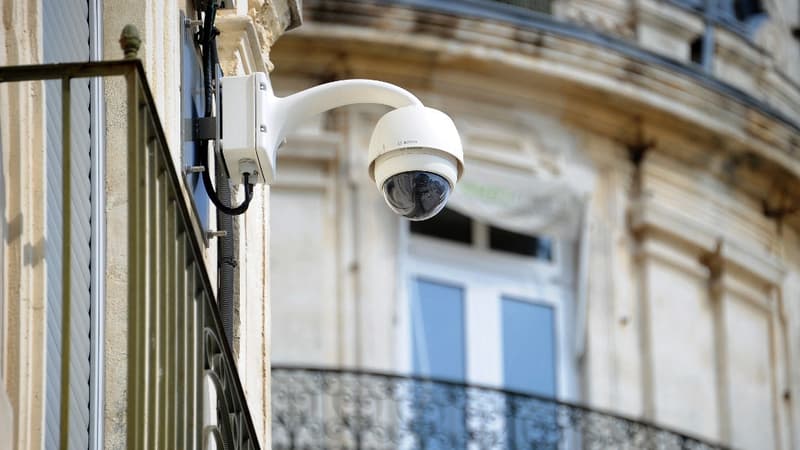The measure had raised some fears when it was adopted by Parliament: algorithmic video surveillance could become, in a lasting way, a tool for authorities in the future. This is essentially what Amélie Oudéa-Castéra, Minister of Sports, explained on September 24. in France 3.
Let us remember that this technology, which does not use facial recognition – no person identification device is used – consists of using video surveillance images to detect suspicious behavior. An algorithm is then responsible for using the movements of individuals to determine if one of them adopts an attitude potentially threatening to public safety.
Evaluation of its effectiveness.
“On an experimental basis and until March 31, 2025. […] Images collected using video protection systems. […] may be subject to algorithmic processing,” specifies the law of May 19, 2023 relating to the 2024 Olympic Games.
On France 3, the Minister of Sports recalled in particular that this experiment could be followed by prolonged use if the device “proves its effectiveness” in terms of effectiveness and respect for private life.
This technology was mentioned on September 26 by Marie-Laure Denis, president of the CNIL, in an interview given to World. In particular, he considered that algorithmic video surveillance constitutes “already an important step in surveillance, which deserves to be framed by guarantees.”
For its part, the Senate approved a bill in June that this time authorizes the use of facial recognition technologies in public spaces. A text that must be debated later in the National Assembly and about which the CNIL declares itself “very reserved.”
Source: BFM TV


